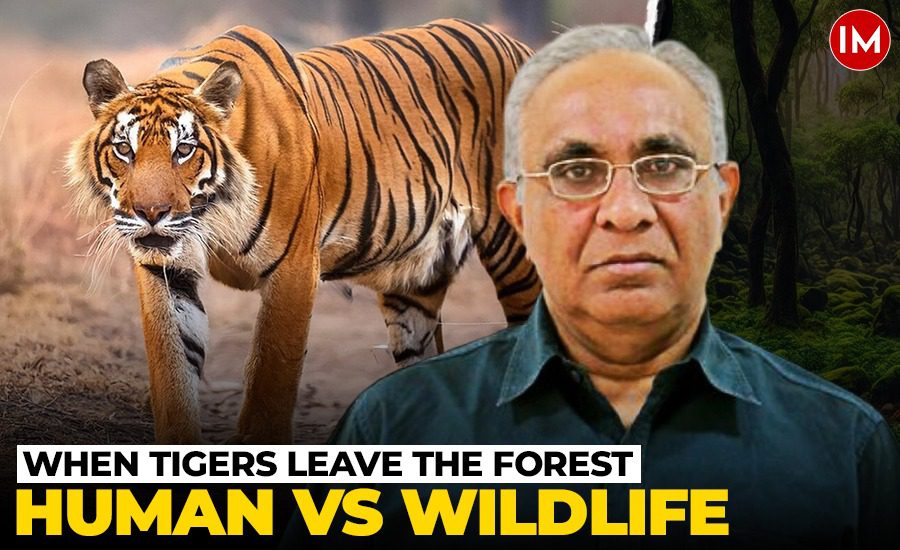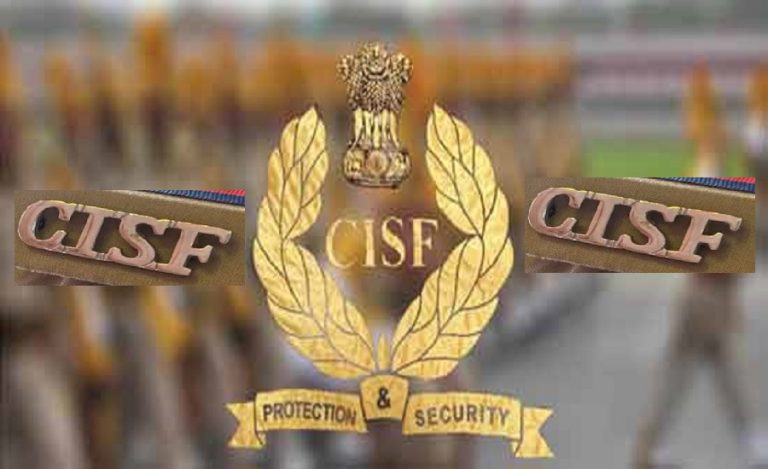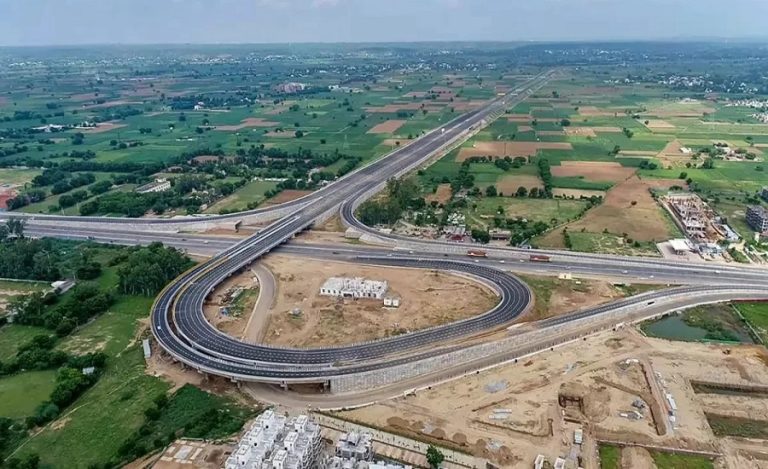India’s tiger numbers have bounced back in many Tiger Reserves (TR) over the past two decades — a rare conservation success in today’s world. But success comes with new pressure. As tigers multiply inside prey-rich protected reserves and prey in surrounding forests stays scarce, more of them spill into villages, farms, and grazing lands. This overlap between big cats and people is sparking serious conflict in many states.
Tadoba–Andhari Tiger Reserve in Chandrapur district of Maharashtra shows just how severe the situation can get. In 2022-23 alone, over six dozen people were killed by tigers in Chandrapur district. It’s an alarming reminder that protecting tigers is only half the battle; keeping both people and animals safe is equally important.
Why Tigers and People Clash
Tigers need two things to survive — space habitat and prey. Less than one in ten of India’s forested areas has satisfactory or an adequate prey base. In multiple-use forests, wild prey has been depleted by hunting and by competition with livestock. In such areas, tigers naturally turn to easy meals like livestock.
Most Majority of human deaths are accidental. Tigers normally avoid people, but panicked situations — such as disturbance to tiger or mobs surrounding a tiger — can trigger attacks. In a few very rare cases, an individual tiger becomes a persistent man-eater, as seen historically in the forest of Kumaun region of Uttarakhand and the Sundarban delta.
Another driver of conflict is dispersal and interaction with humans in corridors or fringe areas. Dominant territorial tigers guard prime habitats, forcing younger or weaker tigers into the fringes where they encounter people. If these buffer zones or new area of dispersion lack prey, the risk of conflict increases dramatically.
The Tadoba Warning
Tadoba’s core area supports a healthy tiger population, but surrounding villages and forests and corridors do not have enough wild prey to absorb dispersing animals. As more tigers moved out of the reserve, some time to the forest of Telangana, they preyed on livestock and occasionally attacked humans. Tadoba illustrates how conservation success without parallel habitat and prey expansion can backfire, eroding local support for tiger protection. Like Tadoba, about half dozen tiger reserves in India have high concentration of tigers i.e. above 10 tigers per 100 sq. km. In all these reserves, tigers started dispersing in surrounding area. Only two options are left for the management: improbe prey base in the dispersing forest area and corridors or enforce population management strategy-capturing and release in other tiger reserves having very low tiger density.
Translocation: A Possible Safety Valve
One strategy now being discussed more often is translocation — catching capturing and translocating “problem” tigers away from human-dominated areas and introducing in other areas. The idea is simple:
- Immediate relief for local communities facing repeated attacks.
- A chance for the tiger to survive in a better habitat with more prey.
But translocation is not a magic bullet. Tigers are territorial, and prime habitats are already occupied. Introducing a new tiger often means conflict with resident animals or simply moving the problem somewhere else. Suitable, prey-rich habitats without tigers are rare.
Practical Hurdles in Moving Tigers
Capturing a wild tiger is risky. It takes tranquilizer experts, large teams, and strict crowd control — hard to guarantee in tense villages. Many “problem” tigers are old or injured, making them unfit for relocation. Indian zoos have little space to house them permanently, and wild release comes with its own risks. Problem animals which had caused frequent fatal injuries to humans, should not be released in new area.
Tigers moved to new areas may roam far in search of territory, crossing roads or entering new villages, creating a fresh conflict zone. Without long-term monitoring, translocation may end up being a short-term fix that solves little.
Improving the Prey Base: The First Step
The root cause of most conflict is poor prey availability. Setting up large-scale breeding and release programs for deer, wild pigs, and other prey species in depleted forests could dramatically reduce livestock predation. If even a quarter of India’s forests had a healthy prey base, tigers dispersing from reserves like Tadoba could settle in nearby habitats rather than moving into human dominated landscape.
Other Ways to Reduce Conflict
1. Guarding and Barriers
Employing herders or installing low-cost barriers can cut livestock losses. In the Sundarban, bamboo and nylon fences, along with electrified “human dummies,” have been tested to scare away tigers.
2. Compensation and Quick Relief
Fast, transparent adequate compensation for livestock losses and human injuries can ease local anger. Delays or corruption in these schemes undermine support for conservation.
3. Relocation of Villages
Moving settlements out of core tiger habitats has been one of the most effective long-term strategies in India. It gives tigers undisturbed space while providing better living conditions to relocated families if done fairly and with incentives.
4. Smarter Legal Tools
The Wildlife Protection Act (1972) currently makes it hard for local managers to act quickly. Streamlining approvals for dealing with confirmed “problem” animals could prevent tragedies without weakening conservation laws.
5. Restoring low tiger density Tiger Reserves
Over half of the total tiger reserves have very poor tiger density i. e less than two tiger per 100 sq.km. As per the recent tiger counting, five of them do not have any tiger. If prey density is improved in these tiger habitats, growing tigers in some of the high density tiger reserves can be accommodated in these areas.
Seeing the Bigger Picture
India’s tigers live as isolated pockets within a human-dominated landscape. Protected reserves act as “sources,” but dispersing animals often face poaching or starvation. This makes conflict both localized and inevitable unless planned for.
Translocation can still play a useful role if combined with other measures: improving prey bases, securing corridors, fair compensation, and — where needed — relocating human settlements. Used this way, translocation becomes part of a broader population-management plan rather than a stand-alone fix.
Towards True Coexistence
Wildlife managers on the ground work under tough conditions — strict laws, limited staff, and intense public pressure. A clear national policy that sets priorities and gives them the tools to act would help enormously.
Local communities, who have shown remarkable tolerance, need to see tangible benefits from living alongside wildlife. That means faster payments, better protection for their livestock, and a real voice in conservation decisions.
If India strengthens its prey base, creates safe corridors, and plans tiger numbers alongside human needs, translocation can help defuse crises like Tadoba’s. But without these steps, moving tigers around will simply move the problem.
The Bottom Line
India has saved its tigers. The next challenge is making sure people can live safely alongside them. Translocation — done wisely and sparingly — can help. But the real solution lies in healthier habitats, stronger prey populations, and a fair deal for the communities who share their land with the big cat. Only then will the roar of the tiger remain a symbol of pride, not of fear.
































